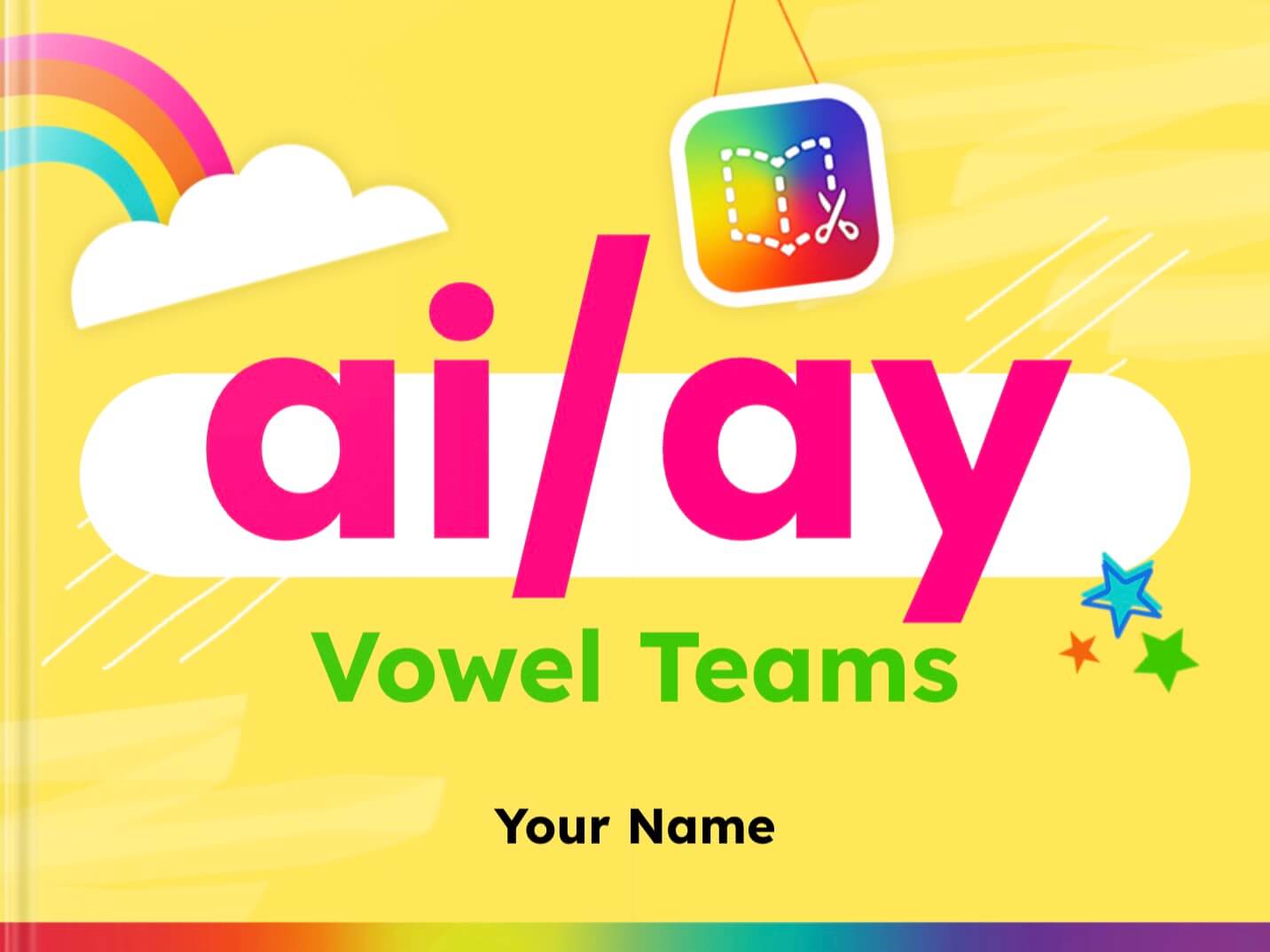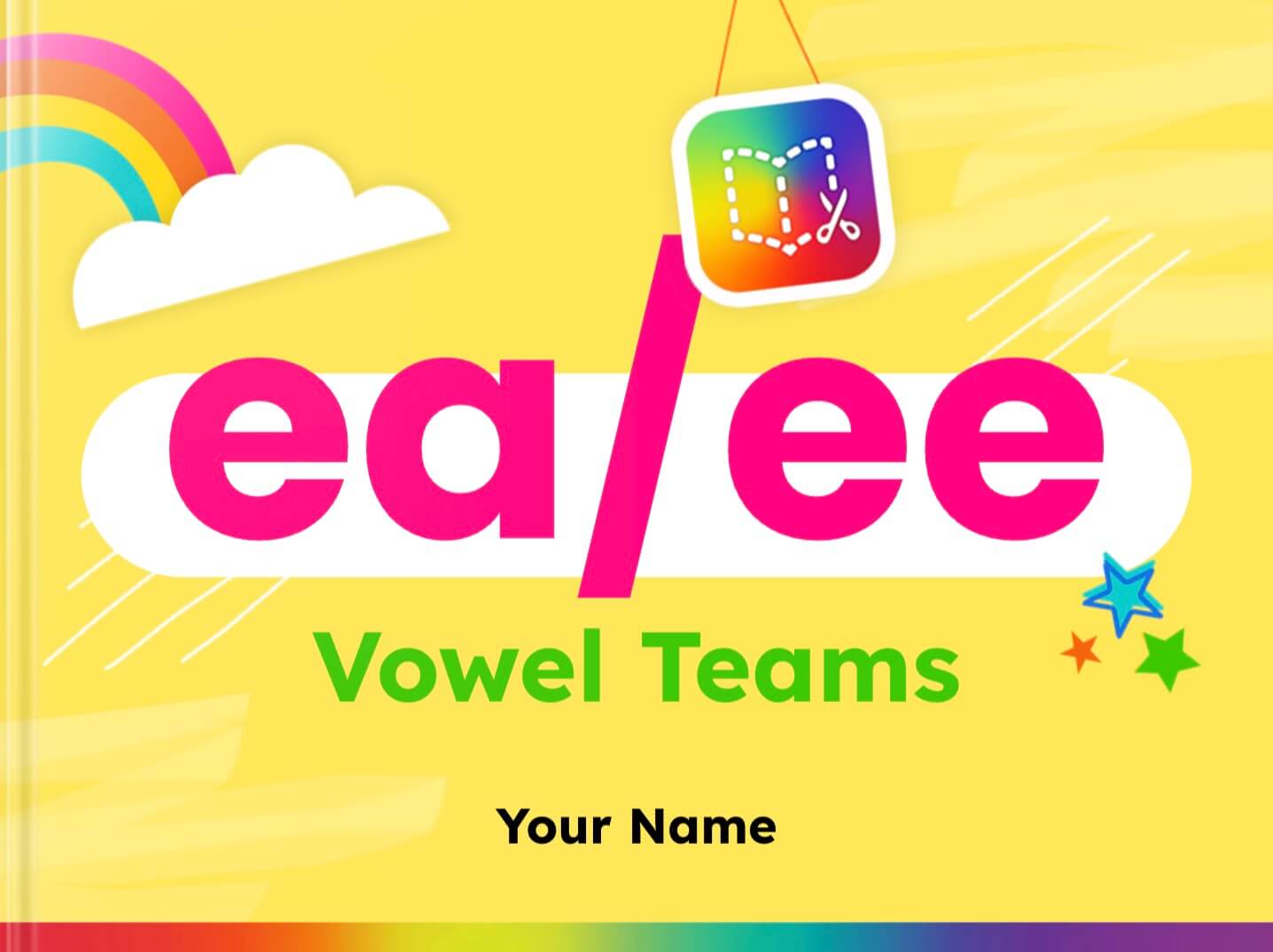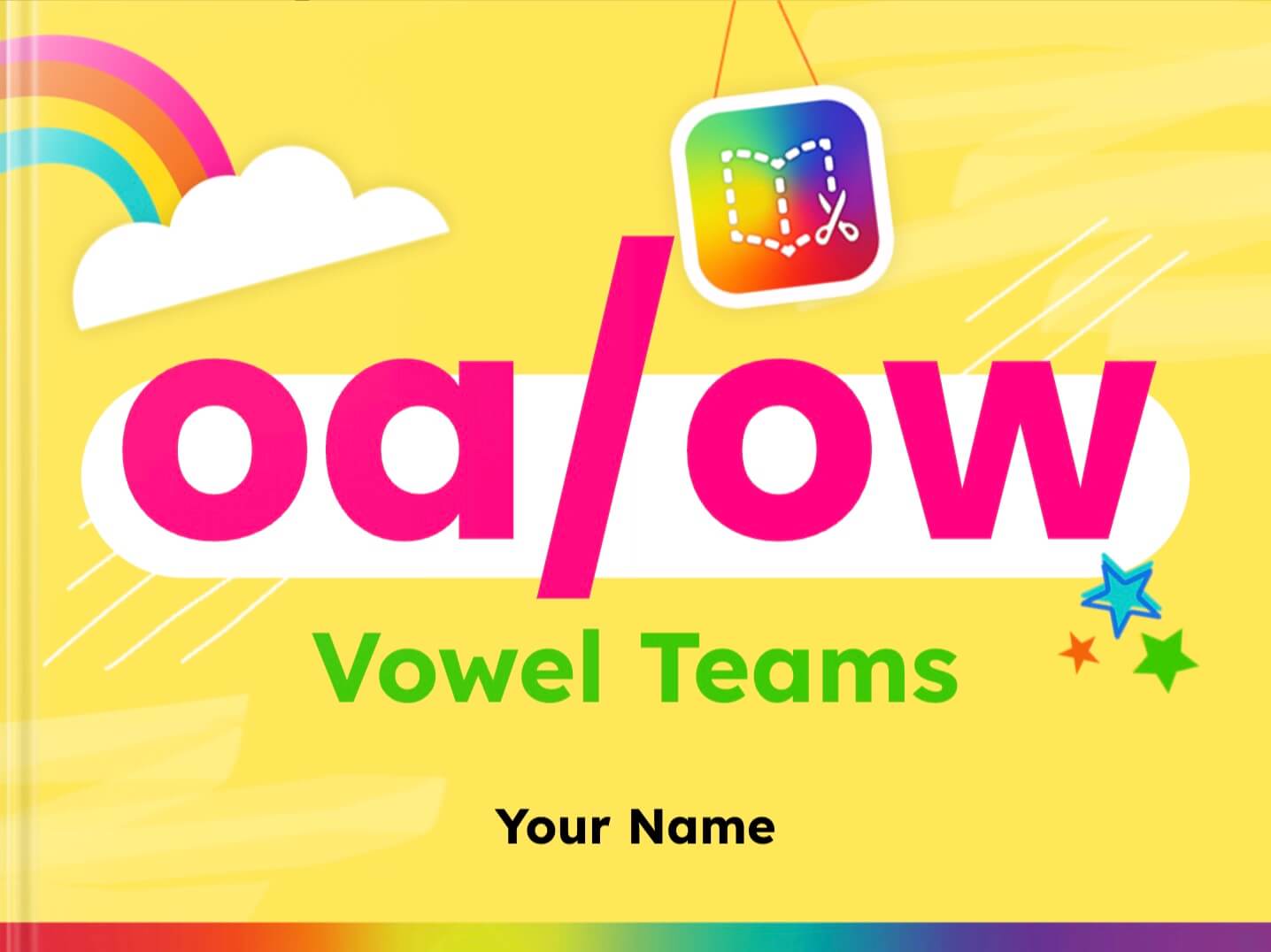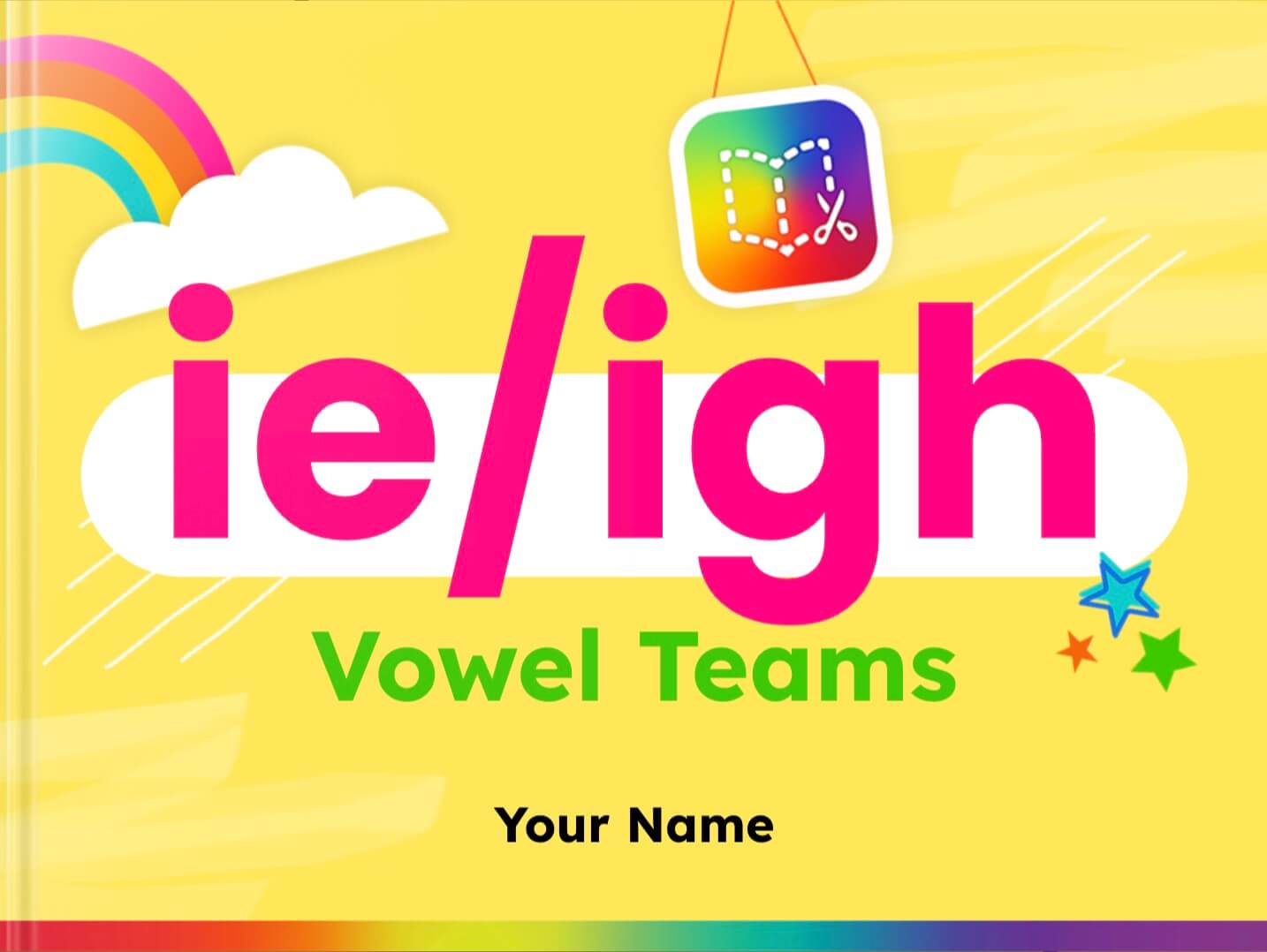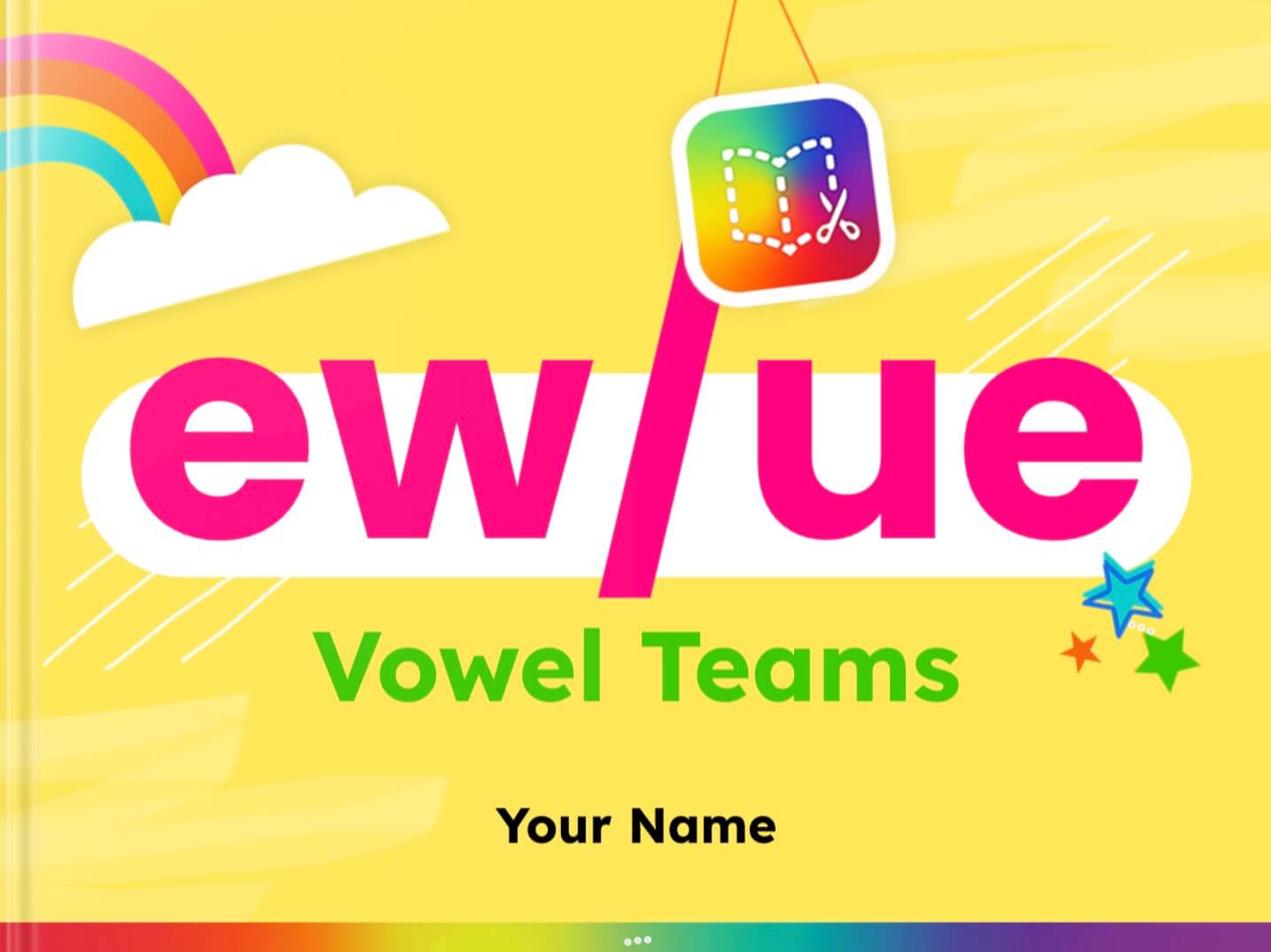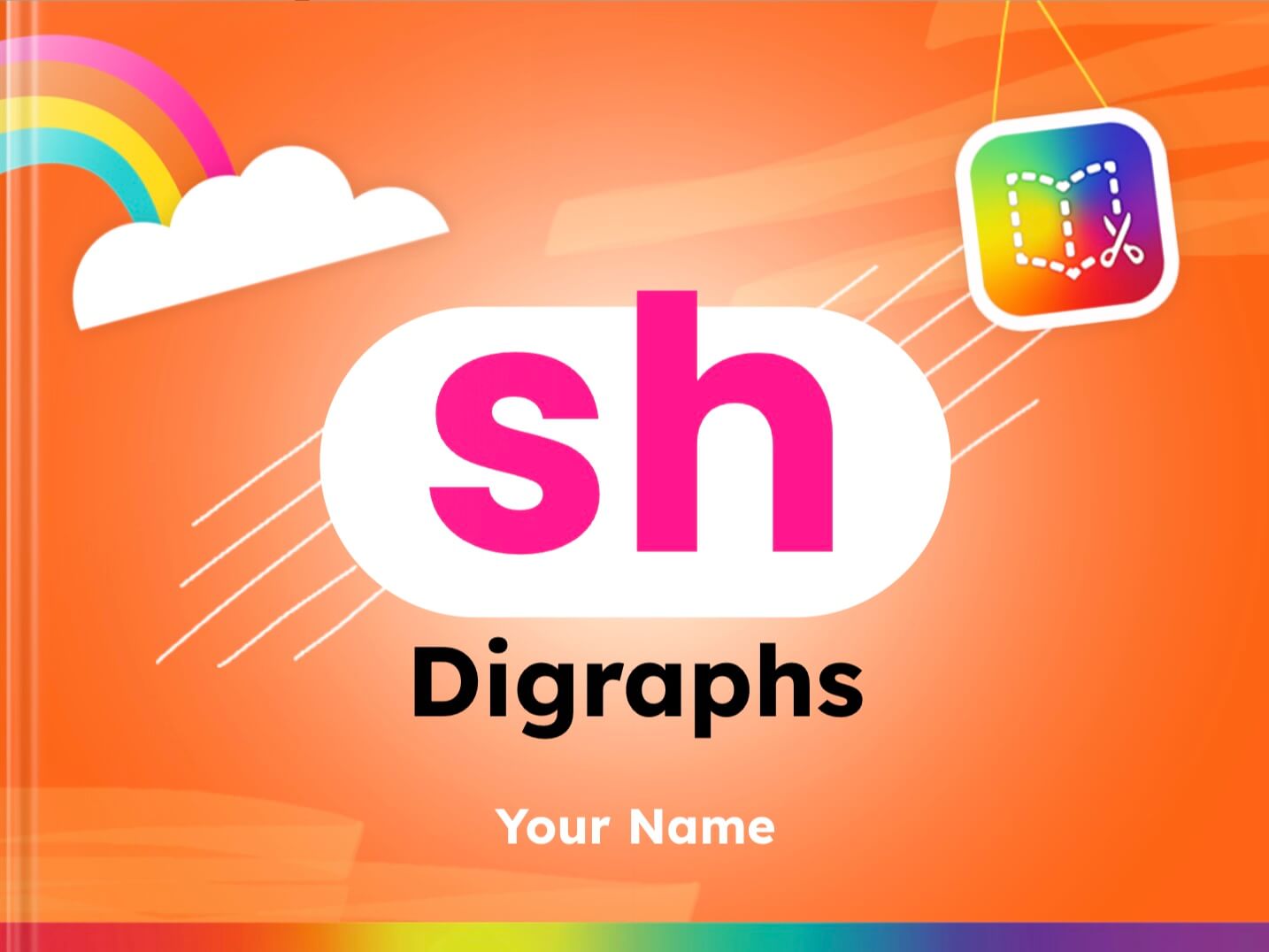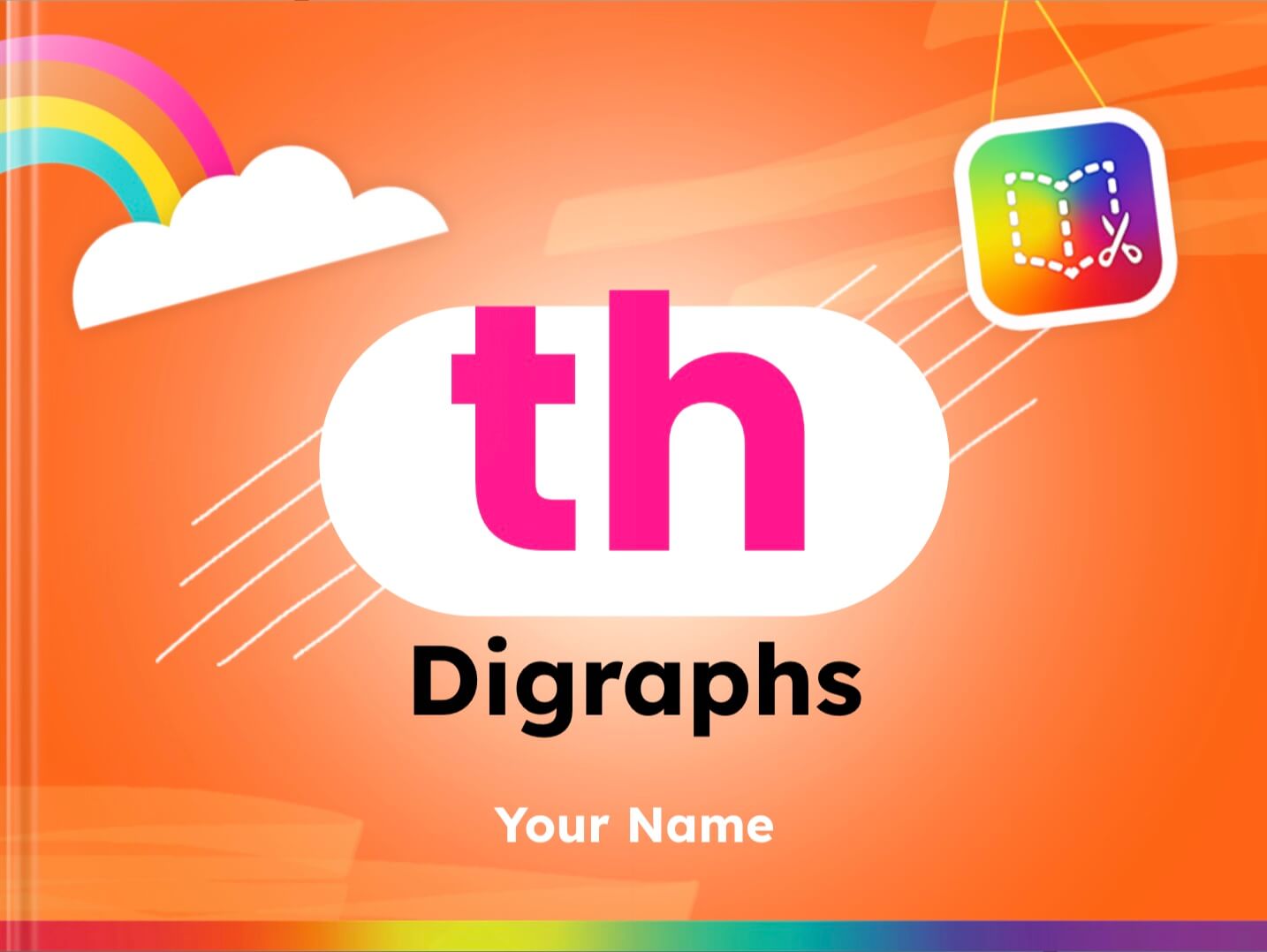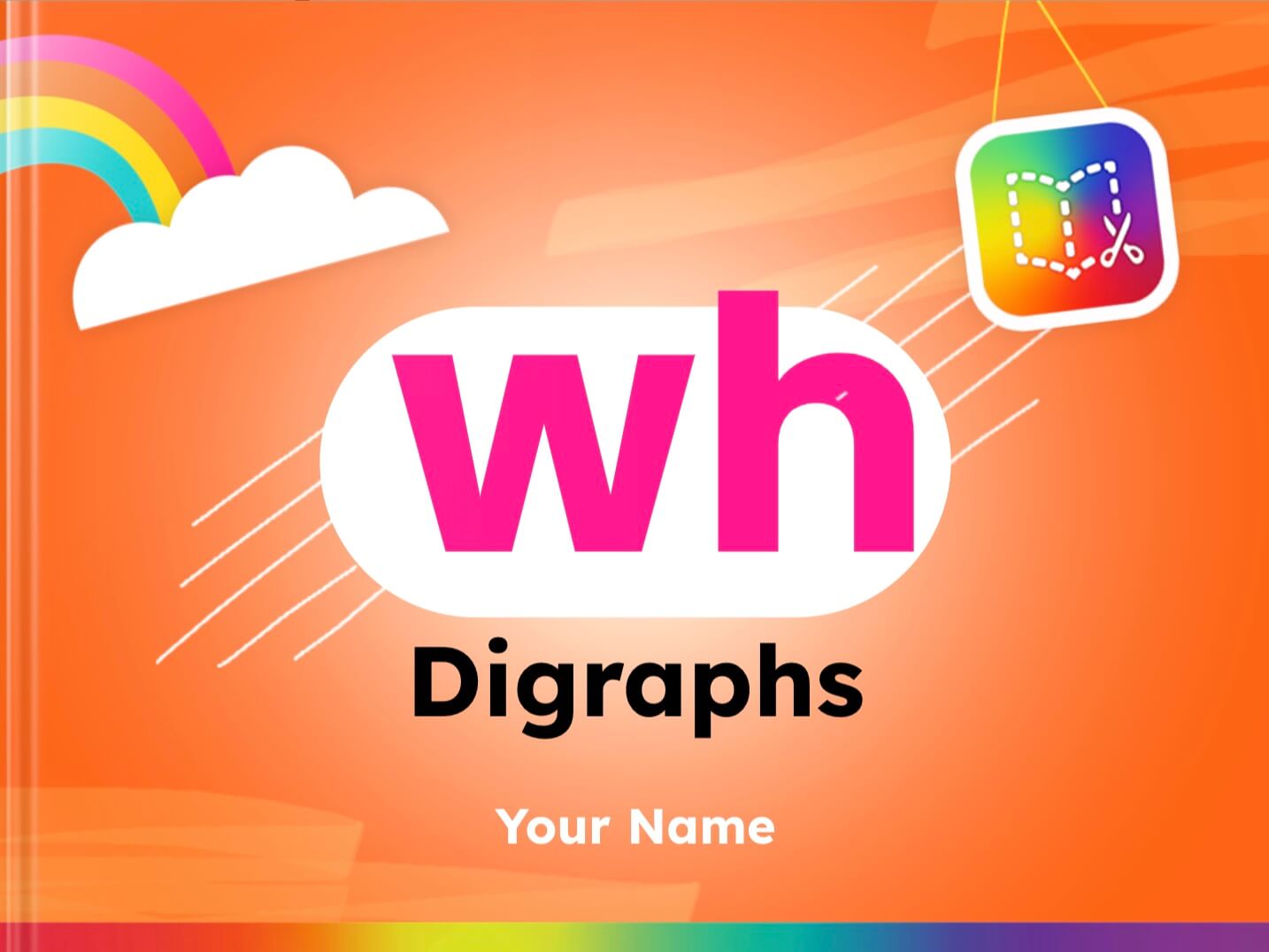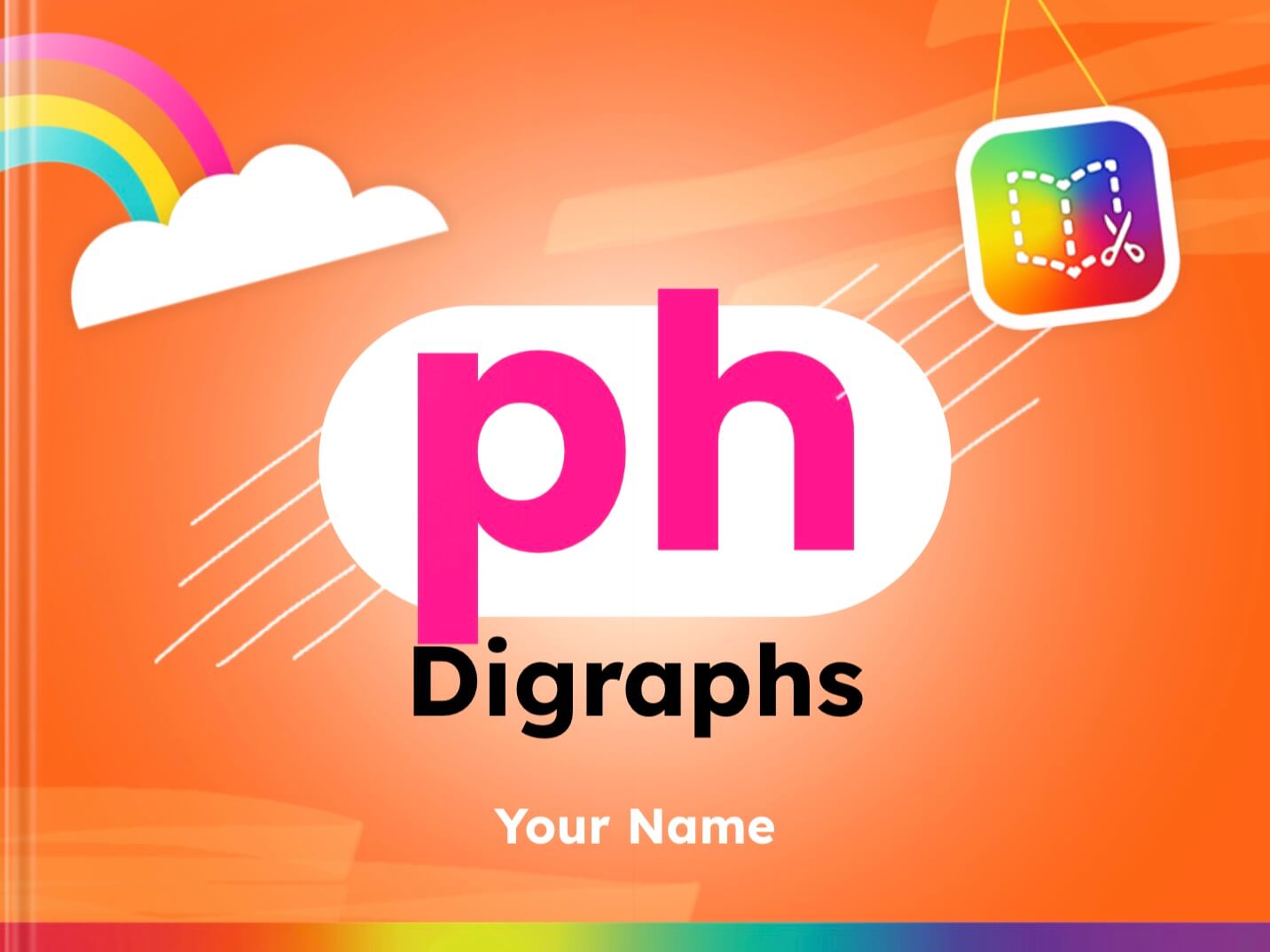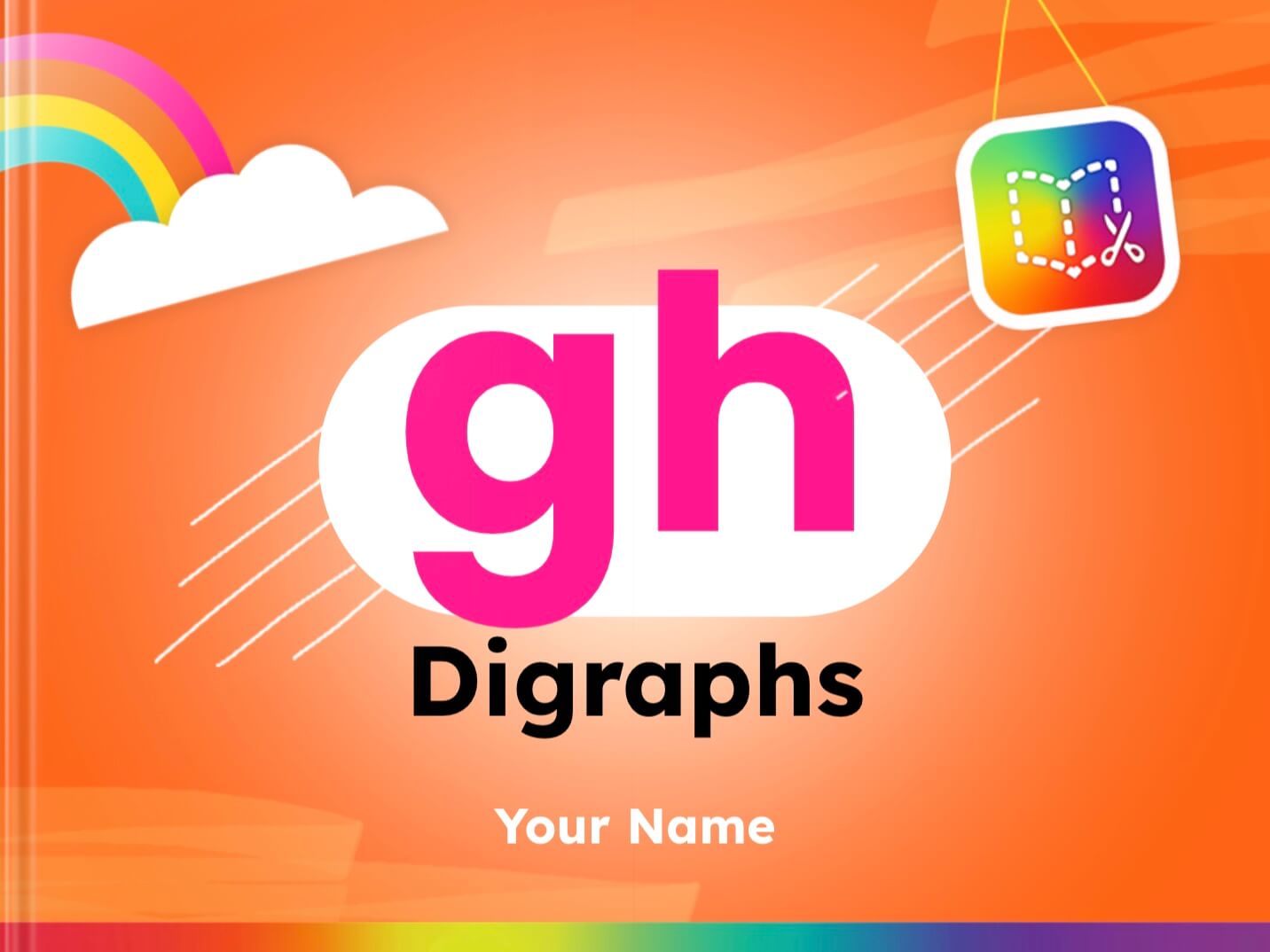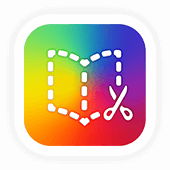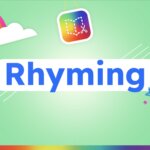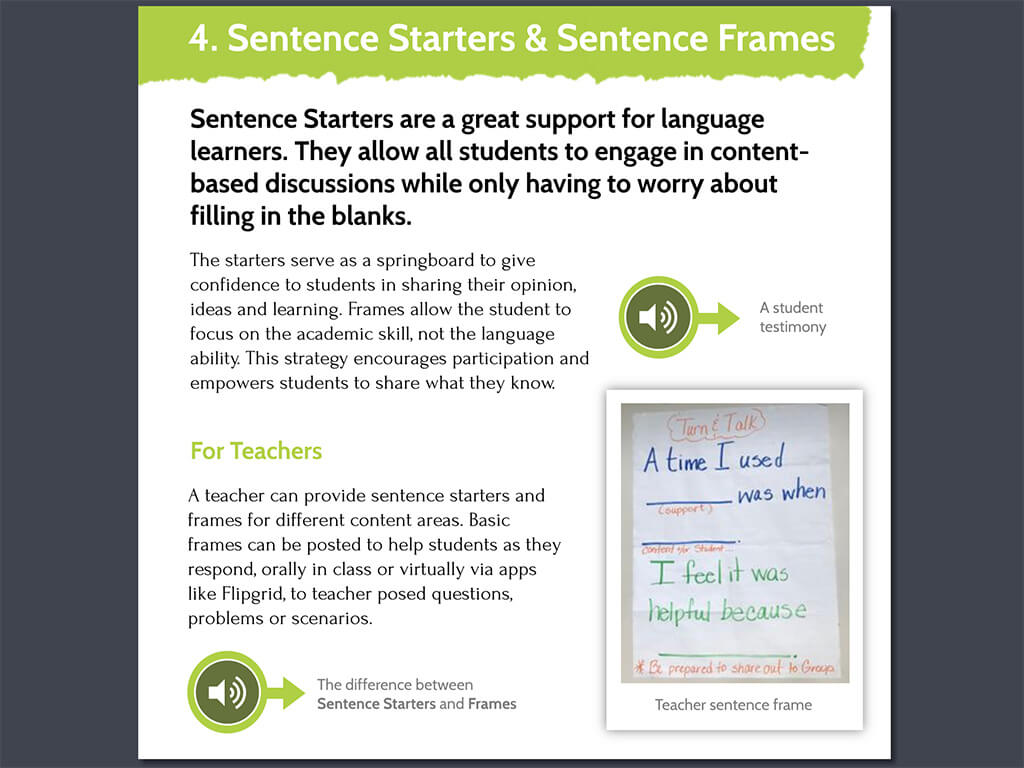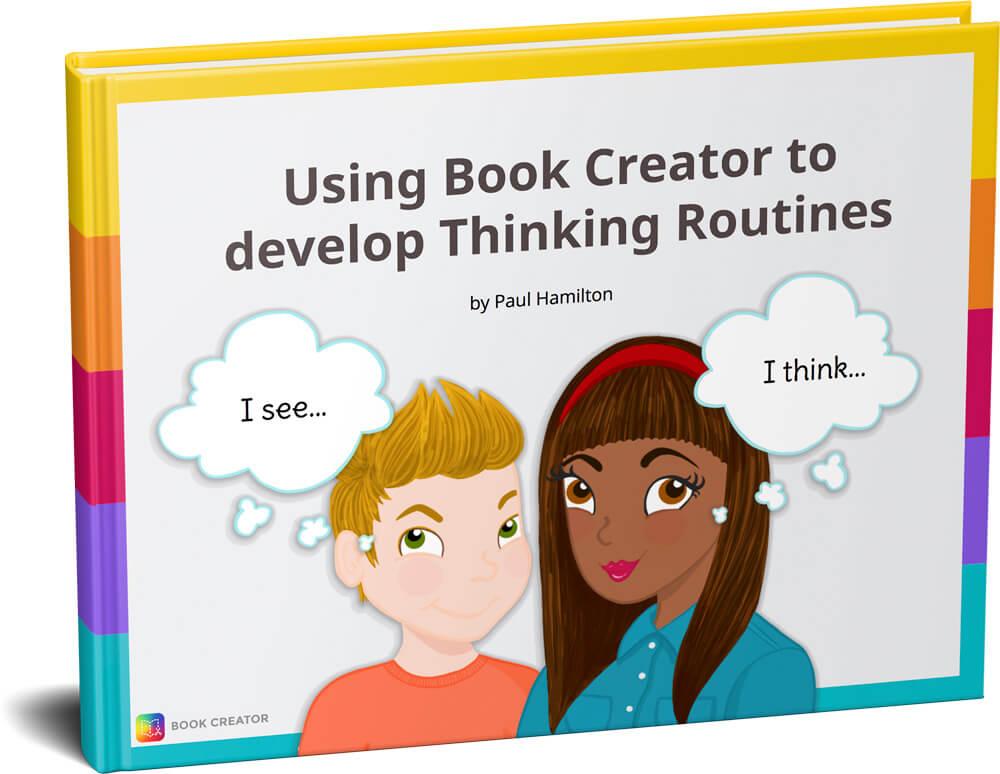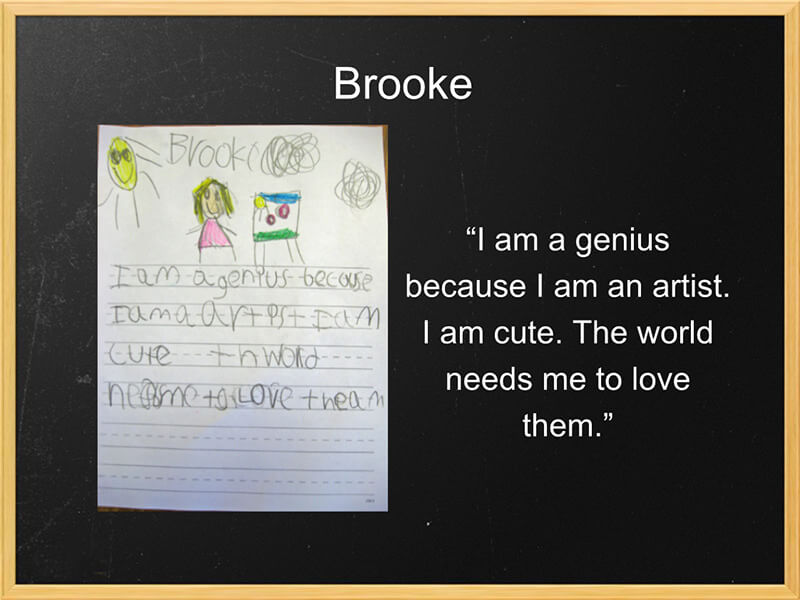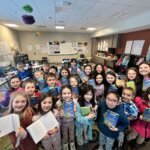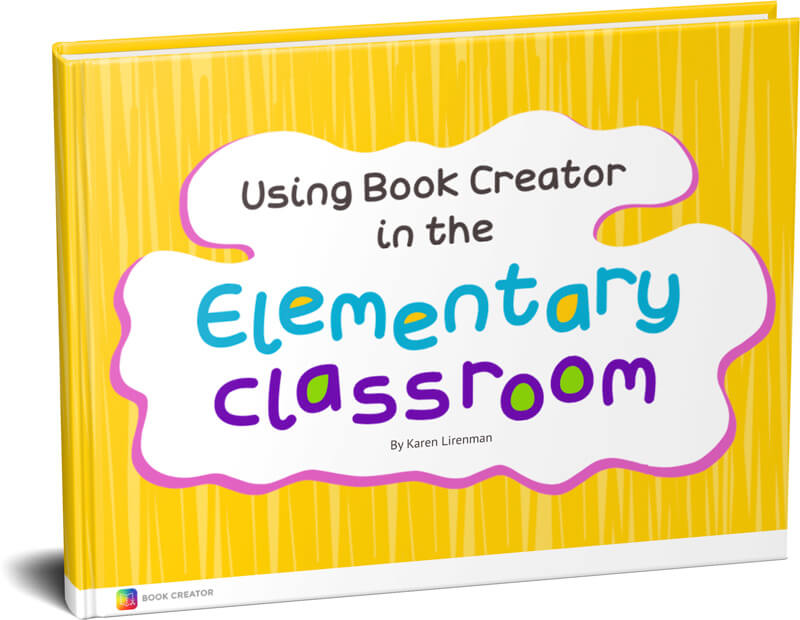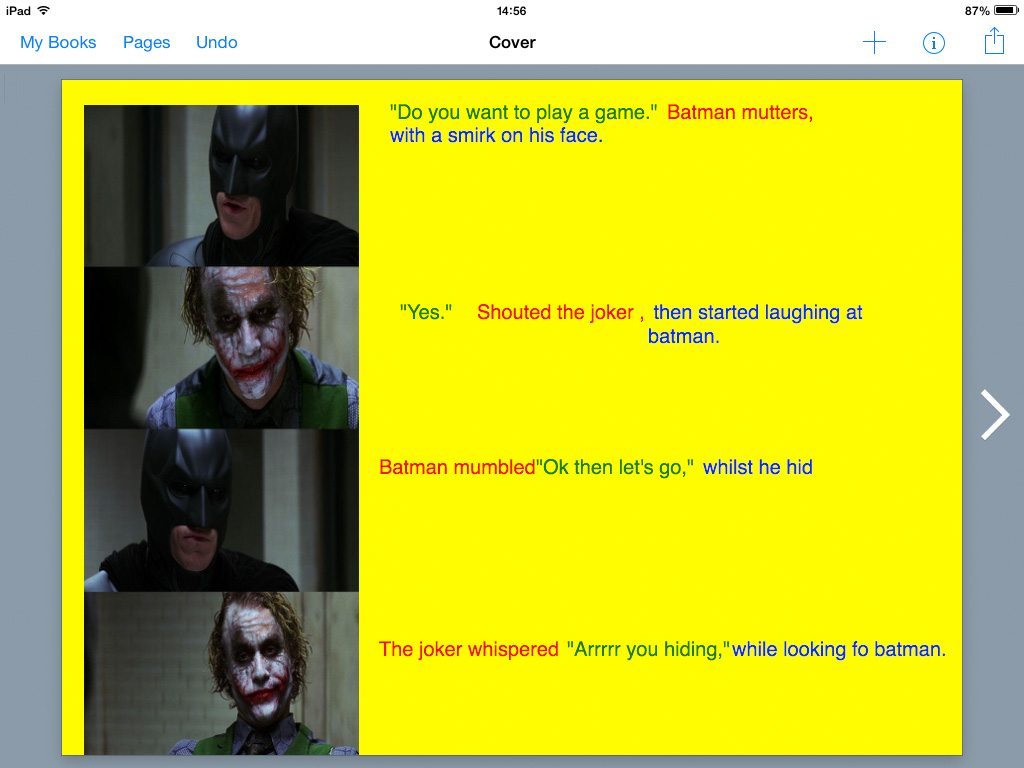A quick recap of what phonics is, and how digraphs and vowel teams relate to phonics. When you're done, grab our templates!
As we continue to navigate the importance of foundational skills for future literacy success, I’d be remiss to not mention the crucial component of phonics and how it affects every part of learning to read. Arguably, phonics is one of the most complex pillars to foundational literacy, because of its many intricacies to spelling rules and letter combinations.
At Book Creator, we believe “teamwork makes the dream work” 😁 — so we’ve pulled out some long vowel patterns and tricky two-letter combinations to support students, educators, and parents alike!
Vowel teams templates
First, we’ve created 5 Vowel Teams remixable student templates that vary from simple to complex spelling patterns to support your students on their literacy journey. Using the 5 pillars of literacy as our foundation to the types of activities included within each template, students will practice hearing, seeing, spelling, speaking, and writing the vowel teams: ai/ay, ea/ee, oa/ow, ie/igh, and ew/ue.
But wait... there’s more!
Digraph templates
We’ve also created 6 Digraphs remixable student templates that vary from simple to complex phonics patterns to support your students on their path to proficiency: sh, ch, th, wh, ph and gh.
Before we dive in, let's have a little recap.
What is phonics?
Phonics is the ability to associate the written symbol or symbols (letters) to the sound(s) they represent. For example, the word “cat” has three sounds (/k/ /ă/ /t/) and 3 associated letters (c-a-t). Whereas the word “goat” has three sounds (/g/ /ō/ /t/) and 4 associated letters (g-o-a-t).
Understanding phonics or spelling patterns, for example what letter combinations represent the long o, must be explicitly taught as students gain more fluency and exposure to words and texts.
The tricky part about phonics in the English language, is that there is almost always more than one way to write a single sound.
In the example above, the long vowel sound for "o" could be spelled 8 different ways: o as in open, o_e as in hope, oa as in boat, ow as in snow, ough as in dough, ou as in four, oo as in door, and oe as in toe.
To make it even more complicated, there aren’t always explicit rules that students can follow to know when to use the variant spellings. Although many of the spellings listed above are considered “irregular” or uncommon for the long vowel sounds, it is still crucial to understand spelling patterns and consistent rules to support fluent reading, decoding, writing, and speaking of complex words.
So is phonics just another word for spelling?
A misconception in the “Science of Reading” crusade is that phonics and spelling are interchangeable. This is farthest from the truth. Although phonics is indeed having an understanding and ability to encode (write) words, it is just as important to support students to decode (read) and comprehend words fluently. Brain research explains that this is a much more complex process than originally thought.
Phonics, or word reading, is not something that humans are able to do naturally.
This is why it must be explicitly taught to children, starting with the alphabetic principle, or the ability to associate the most common sounds for each letter in the English alphabet.
In the left hemisphere of the brain, there are four lobes that must be activated and neuron pathways created in order to become a fluent reader. Phonics plays a crucial role in this development, and is many times the factor in diagnosing reading difficulties or disabilities in children.
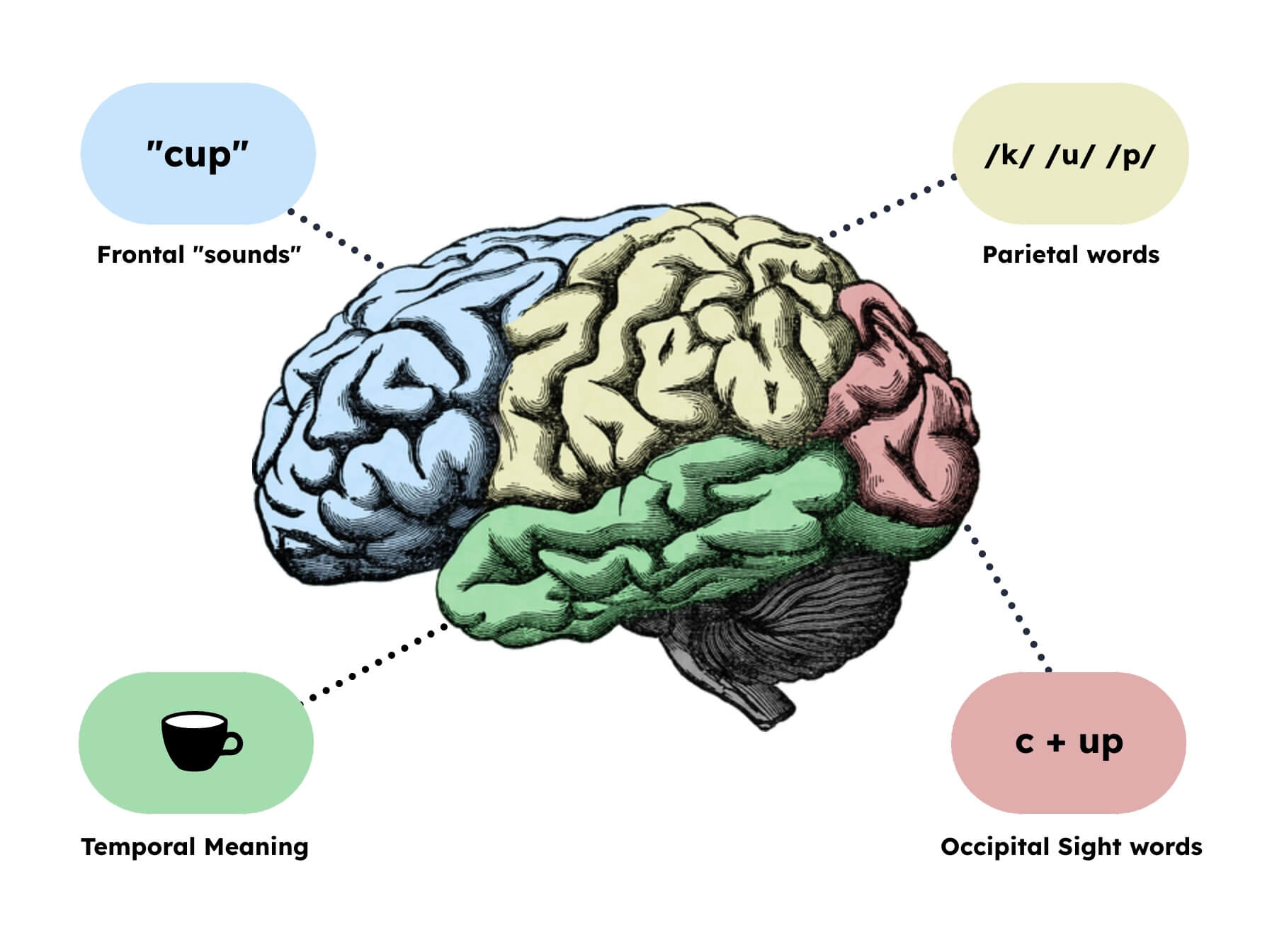
The Reading Brain
Language development begins in the frontal lobe where we hear and are able to pronounce words that we are exposed to. In this example you may hear the word “cup” and be able to repeat it back.
Think of our littlest babies that start to babble and say “mamamama” before they actually understand it represents “mama” or “mother.” As we develop, we begin to distinguish the individual sounds within words all in the frontal lobe, so when we hear the word “cup” we can easily repeat it.
The temporal lobe is the meaning, or context lobe. This is where we store our understanding of words and their meanings. When our children begin to comprehend spoken words and the objects they represent, it supports independence, conversations, and more.
This is also where we store our vocabulary acquisition and multiple meaning words and why context and background knowledge are just as important to fluency as reading the words themselves! Not only can we hear the word “cup” but we know what object that word represents and can visualize it in our minds.
It is in the occipital lobe where children begin to develop an understanding of the symbols (letters) that represent the sounds or words we speak. For example, before children learn all of their letter sounds, they usually are able to recognize their name or letters in their name. If they see their name written on a notebook, without knowing any sounds, they can recognize that it represents them.
Or if they see a popular chain restaurant on a billboard, they can tell you what it says. This is because the occipital lobe is where our words are stored. It’s our safety lock box of all the words we’ve come across and that we can read automatically without having to sound out any letters.
As our skills get more advanced, so do our words, and is why when we hear or see the word “cup” we can easily read it or spell it without needing to sound out or think about any letters. It’s been stored in our lock box. As our vocabulary grows, so does our lock box, which is why you can easily read the word “Mississippi”!
The last area of the brain is the parietal lobe, and this is where phonics lives. As students begin to develop an understanding for the letters and the sounds they represent, the connections in the brain form a neurological pathway from the frontal lobe to the parietal lobe and back again.
For example, when learning how to read or write the word “cat”, students must decode each letter: from the frontal lobe /k/ to the parietal lobe “c” back to the frontal lobe /ă/ to the parietal lobe “a” and so on and so forth until letters and their most common sounds, word parts, and eventually whole words become automatically stored in the occipital lobe.
Students must build those pathways of letter and sound recognition and ultimately create the “reading highway” from the frontal lobe to the occipital lock box so that they don’t need to spend the cognitive energy sounding out each letter or syllable, but use that energy on comprehending what is being read. This is the difference between the “learning to read” and “reading to learn” metaphor.
How digraphs and vowel teams relate to phonics
As mentioned above, students must be explicitly taught spelling or phonics patterns within words, so that they can easily read, write, and decode text. One component to this, is commonly referred to as “vowel teams.”
Vowel teams are two (or more) letters that partner together to create a single, vowel sound. Not only are vowel teams crucial stepping stones to reading multisyllabic words, but they are also key indicators of understanding the various types of syllables that make up the English language on the progression to fluency.
In addition to vowel teams, digraphs are also introduced to students during their elementary reading journey. Digraphs are two letters that when paired together, represent one sound. This concept can be confusing for students who are used to the letter 'Ff' being the only thing that can represent /f/ and then seeing the words phone and cough. Digraphs are tricky, but when explicitly taught and stored in the lock box, they can open the door to fluent reading and writing.
Phonics is more than just spelling and we know these are just two small concepts in a much larger reading bucket. With multimedia, accessible tools like Book Creator, you can support your students with every literacy skill they need, and help literacy come alive for them as they learn.
Randi Ahrndt is Book Creator’s Head of Literacy Learning. With over 15 years experience in education as a Principal, Literacy Coach and Elementary Teacher, Randi brings a unique perspective to our team. She is a wife and boy mom x3, who loves reading, tacos and travel.

